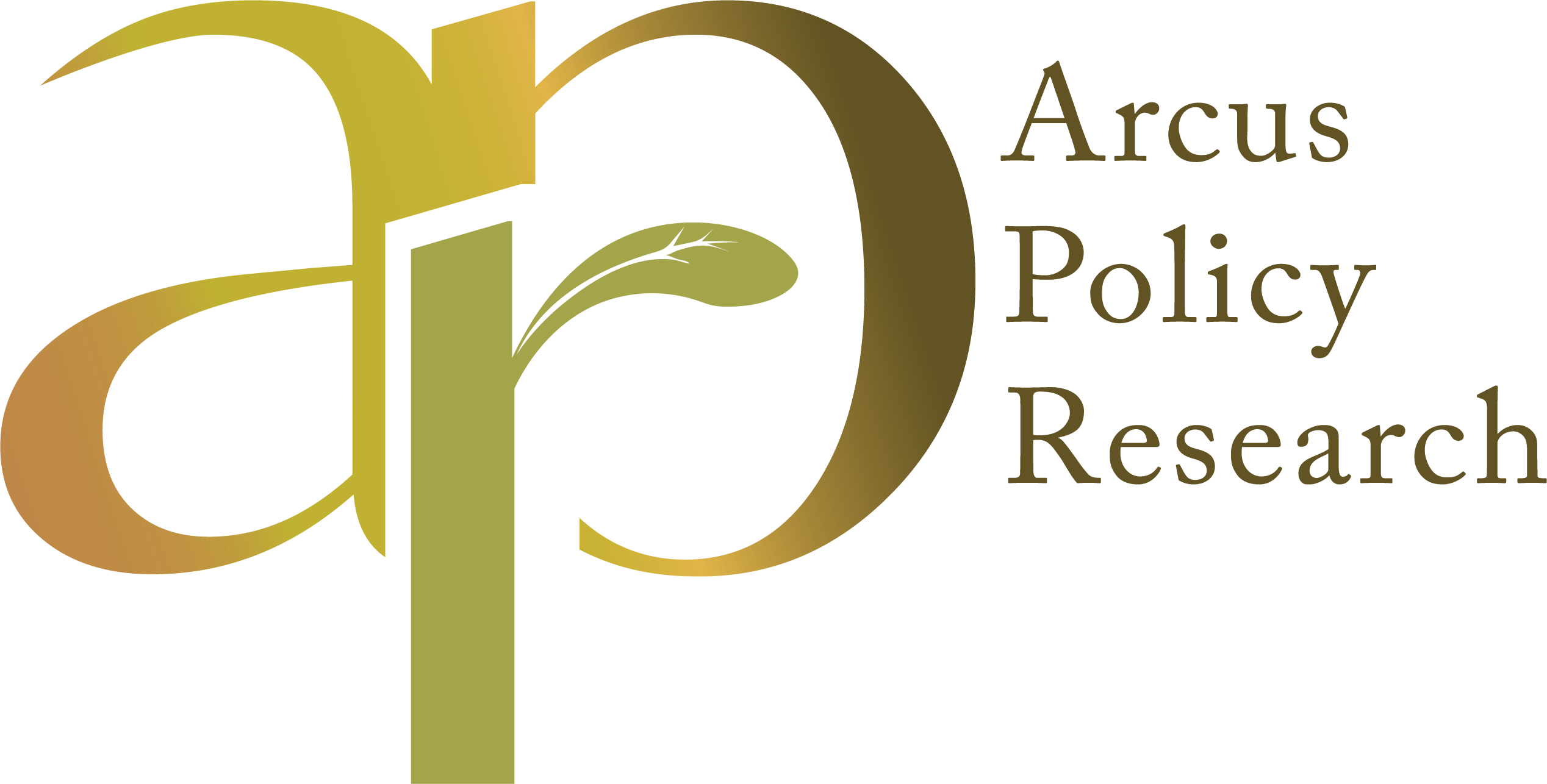India’s fuel demand is growing and so is its crude oil import bill. in 2021-22, India imported crude oil worth USD 120 billion, which met about 86 per cent of the country’s total demand for petroleum products (PPAC). The Government of India has been trying to reduce its dependence on imported crude oil. one of the ways identified is to promote biofuels, especially by blending of ethanol with petrol. As per NITI Aayog’s ethanol roadmap released in 2021, the country can annually save about USD 4 billion in foreign exchange by blending petrol with ethanol.
Since 2018, India has moved rapidly and impressively with its ethanol production and fuel blending plan. From less than 2 billion litres in 2019-20, the country supplied about 4.1 billion litres of ethanol for fuel blending in 2021-22. This pulled up the average rate of blending in the country, from 5 percent in 2019-20 to about 9.5 percent in 2021-22. GOI has now advanced its target to achieve 20 percent ethanol blending (e20) from 2029-30 to 2025-26.
Performance on the E20 mandates has been exceptional. But the challenge is this: is the country equipped to meet the E20 target in the next two years? Threats are on two accounts: First, the growing competition from other ethanol consuming sectors like potable alcohol which has been growing at a double-digit rate. second, competition from the feed industry. the poultry sector has shown impressive growth and an increasing quantity of maize will be required for consumption by the sector. Farm yields of crops including paddy, maize, cotton, and chili have also been impacted by weather and climate changes. therefore, the big question is: Does India have the ability to supply an adequate quantity of ethanol to its oil Marketing companies to meet the targeted mandate of e20 by 2025-26? some related questions: Will India have a surplus crop for its feedstock? Will the plan to source ethanol from crops have an adverse impact on the country’s food security? is there credence in the ongoing worldwide debate on the food for fuel question? We address these questions in this report.



